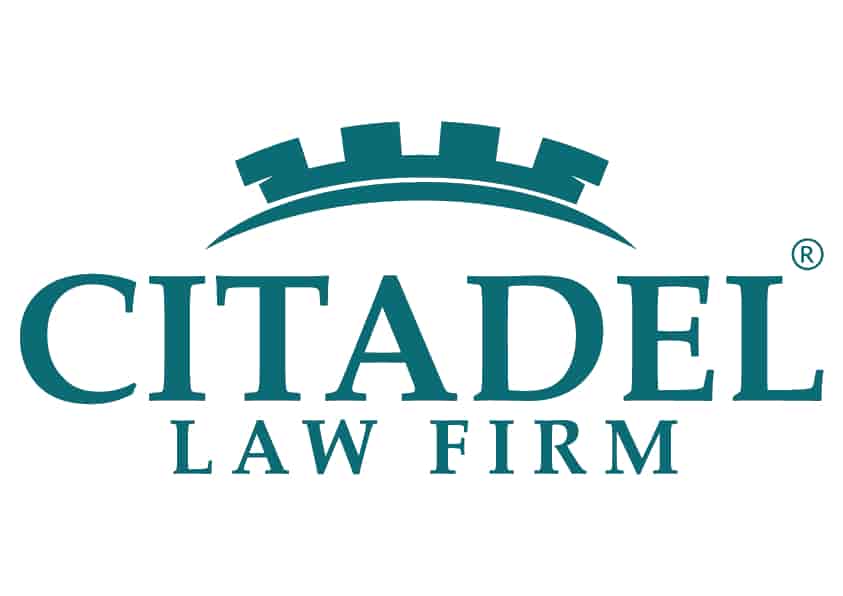How to establish power of attorney in estate planning
Estate planning is an important aspect of financial management and ensuring the smooth transition of assets to loved ones after one’s passing. Hence, establishing a power of attorney (POA) holds significant importance. POA allows an individual to designate a trusted person or entity to make financial or healthcare decisions on their behalf in the event they become incapacitated. This article will provide a comprehensive step-by-step guide on how to establish power of attorney in estate planning. Continue reading to learn more:
- Understanding Power of Attorney (POA):
Power of attorney is a legal document that grants someone the authority to act on behalf of another person in specified matters. There are different types of POAs, including general, limited, durable, and springing, each serving specific purposes.
- Identifying the Need for POA
Before establishing a POA, individuals must assess their circumstances and determine if they require someone to manage their affairs in case of sickness or death. Factors such as age, health, and financial situation play crucial roles in this decision-making process.
- Selecting the Right Trustee
Choosing the right trustee is important. This individual should be trustworthy, reliable, and capable of making decisions aligned with the principal’s wishes. It could be a family member, friend, or professional advisor.
- Drafting the POA Document
Once the trustee is selected, the next step is to draft the POA document. While templates are available, it’s advisable to seek assistance from an estate planning lawyer to ensure the document complies with state laws and reflects the principal’s intentions.
- Specifying Powers and Limitations
The POA document should clearly outline the powers granted to the trustee, such as managing finances, real estate transactions, or making healthcare decisions. Additionally, it can include any limitations or conditions dictated by the principal.
- Ensuring Legitimacy and Witnesses
Depending on state laws, POA documents may require certifications and witnesses to validate their legitimacy. It’s essential to adhere to these legal formalities to prevent challenges in the future.
- Consideration of Durable POA
Opting for a durable POA ensures continuity of decision-making authority even if the principal becomes incapacitated or dies. Unlike general POA, which terminates upon the principal’s incapacity, durable POA remains valid.
- Springing POA as an Alternative
Some individuals prefer springing POA, which only becomes effective when the principal is unable to perform their duties. While it offers protection during incapacity, it requires clear instructions to determine when the POA should take effect.
- Regular Review and Updates
Estate planning is not a one-time task but an ongoing process. It’s necessary to review and update the POA document periodically, especially after significant life events such as marriage, divorce, or changes in health status.

- Communicating Intentions
Lastly, effective communication is key. The principal should discuss their wishes and expectations with the chosen trustee(s) to ensure they understand their responsibilities and act in the principal’s best interests.
Conclusion
Establishing power of attorney in estate planning means taking proactive steps to provide peace of mind and prevent unforeseen circumstances. By following the steps explained in this article, individuals can ensure their financial and healthcare decisions are managed according to their preferences even in their absence.


